How to Season a Blackstone Griddle: Step By Step Guide

The Blackstone griddle has gained immense popularity among outdoor cooking enthusiasts due to its versatility and ability to sear delicious meals. Properly seasoning your Blackstone griddle is essential to enhance its performance and prevent rusting. In this article, we will guide you through the process of first seasoning your griddle, maintaining its seasoning after each cook, and reseasoning if it becomes rusty.
What Does It Mean To “season” a Blackstone Griddle?
To season a Blackstone griddle means to create a layer of oil that is heated and bonded to the surface of the griddle. This process helps to create a non-stick surface, protect the griddle from rust, and enhance the flavor of the food being cooked. Seasoning is typically done before the first use of the griddle and then maintained regularly after each cooking session.
The oil used for seasoning can be vegetable oil, flaxseed oil, or other high-smoke-point oils. The process involves heating the griddle to a high temperature, applying a thin layer of oil to the surface, and allowing it to cook and smoke for a period of time. This process helps the oil bond to the griddle, forming a protective layer.
By seasoning the griddle, you create a natural non-stick surface that prevents food from sticking and makes it easier to clean. Seasoning also helps to prevent rust by providing a protective barrier between the griddle surface and moisture.
Regular maintenance of the seasoning is important to keep the griddle in optimal condition. After each cooking session, any food debris should be scraped off, and the griddle can be cleaned with hot water and a scraper. After cleaning, a thin layer of oil can be applied to replenish the seasoning.
If the griddle develops rust or the seasoning becomes damaged, it may be necessary to reseason the griddle. This involves cleaning off any rust or damaged seasoning, applying a new layer of oil, and repeating the seasoning process.
Overall, seasoning a Blackstone griddle is a vital step in ensuring its longevity, performance, and the quality of your cooking.
How to Season a Blackstone Griddle
I. First Seasoning:
1. Gather the necessary supplies:
– Paper towels or lint-free cloth
– Vegetable oil or flaxseed oil
– Heat-resistant gloves
– Spatula or scraper
2. Cleaning the griddle:
– If your griddle is brand new, use a spatula or scraper to remove any packaging materials or stickers.
– Heat the griddle on high heat for 10-15 minutes to burn off any residue.
– Use a spatula or scraper to remove any remaining debris.
– Allow the griddle to cool down.
3. Applying the oil:
– Put on heat-resistant gloves to protect your hands.
– Pour a small amount of oil onto the griddle’s surface and spread it evenly using a paper towel or cloth.
– Heat the griddle on medium-high heat until the oil begins to smoke.
– Let it cook for about 15-20 minutes. This process helps bond the oil to the griddle surface and create a non-stick coating.
– Repeat this process 2-3 times, adding a thin layer of oil each time, to build up a durable seasoning.
4. Cool down and wipe off excess oil:
– Turn off the griddle and let it cool down completely.
– Gently wipe off any excess oil using a paper towel or cloth.
II. Maintaining Seasoning after Each Cook:
1. Scrape off food debris:
– After each cooking session, while the griddle is still warm, use a spatula or scraper to remove any food debris or stuck-on residue.
– Be careful not to remove the seasoning layer.
2. Cleaning with hot water:
– While the griddle is still warm, pour hot water onto the surface.
– Use a spatula or scraper to loosen any remaining food particles and wipe them away with a paper towel or cloth.
– Be cautious of the hot surface and protect your hands with heat-resistant gloves.
3. Reapply a thin layer of oil:
– While the griddle is still warm, apply a thin layer of oil using a paper towel or cloth.
– Spread the oil evenly across the surface, including the corners and edges.
– This step helps replenish the seasoning and protects the griddle from rust.
III. Reseasoning if it Gets Rusty:
1. Assess the rusted areas:
– If you notice rust spots on your griddle, assess the severity.
– Minor rust can be treated by reseasoning, while extensive rust may require additional steps or professional assistance.
2. Clean the rusted areas:
– Use a wire brush or sandpaper to remove the rust from the affected areas.
– Wipe away the loosened rust particles using a damp cloth.
3. Follow the first seasoning steps:
– Repeat the first seasoning process mentioned earlier to create a new layer of seasoning on the griddle.
– Apply multiple layers of oil to build a durable and protective coating.
Seasoning your Blackstone griddle is a crucial step in maintaining its performance and preventing rust. By following these steps, you can establish a non-stick surface, enhance the flavor of your dishes, and extend the lifespan of your griddle.

What Oils To Avoid, and Use, When Seasoning A Blackstone Griddle
When seasoning a Blackstone griddle, it is important to avoid using certain oils that have low smoke points or can leave a sticky residue. Here are some oils to avoid for seasoning:
1. Butter: Butter has a low smoke point and can burn quickly, leaving a sticky residue on the griddle surface. It is not suitable for seasoning.
2. Olive oil: While olive oil is healthy for cooking, it has a lower smoke point and can become sticky when heated on the griddle. It is not recommended for seasoning.
3. Unrefined coconut oil: Unrefined coconut oil has a lower smoke point and can leave a residue on the griddle. It is better suited for low-heat cooking rather than seasoning.
Instead, it is advisable to use oils with higher smoke points that can withstand the high temperatures required for seasoning. Suitable oils for seasoning a Blackstone griddle include:
1. Vegetable oil: Vegetable oil is a common choice for seasoning due to its high smoke point and neutral flavor.
2. Flaxseed oil: Flaxseed oil is another good option as it forms a durable seasoning layer. However, it is important to use food-grade, pure flaxseed oil and not one that has been processed for other purposes.
3. Canola oil: Canola oil has a high smoke point and is a popular choice for seasoning griddles.
4. Avocado oil: Avocado oil has a high smoke point and is known for its neutral flavor, making it suitable for seasoning.
When selecting an oil for seasoning, it is essential to consider its smoke point, which is the temperature at which the oil starts to smoke and break down. Oils with higher smoke points are more suitable for high-heat cooking and seasoning.
Remember to apply a thin layer of oil during the seasoning process to avoid excessive oil buildup, which can lead to sticky residues on the griddle surface, something you don’t want to deal with.
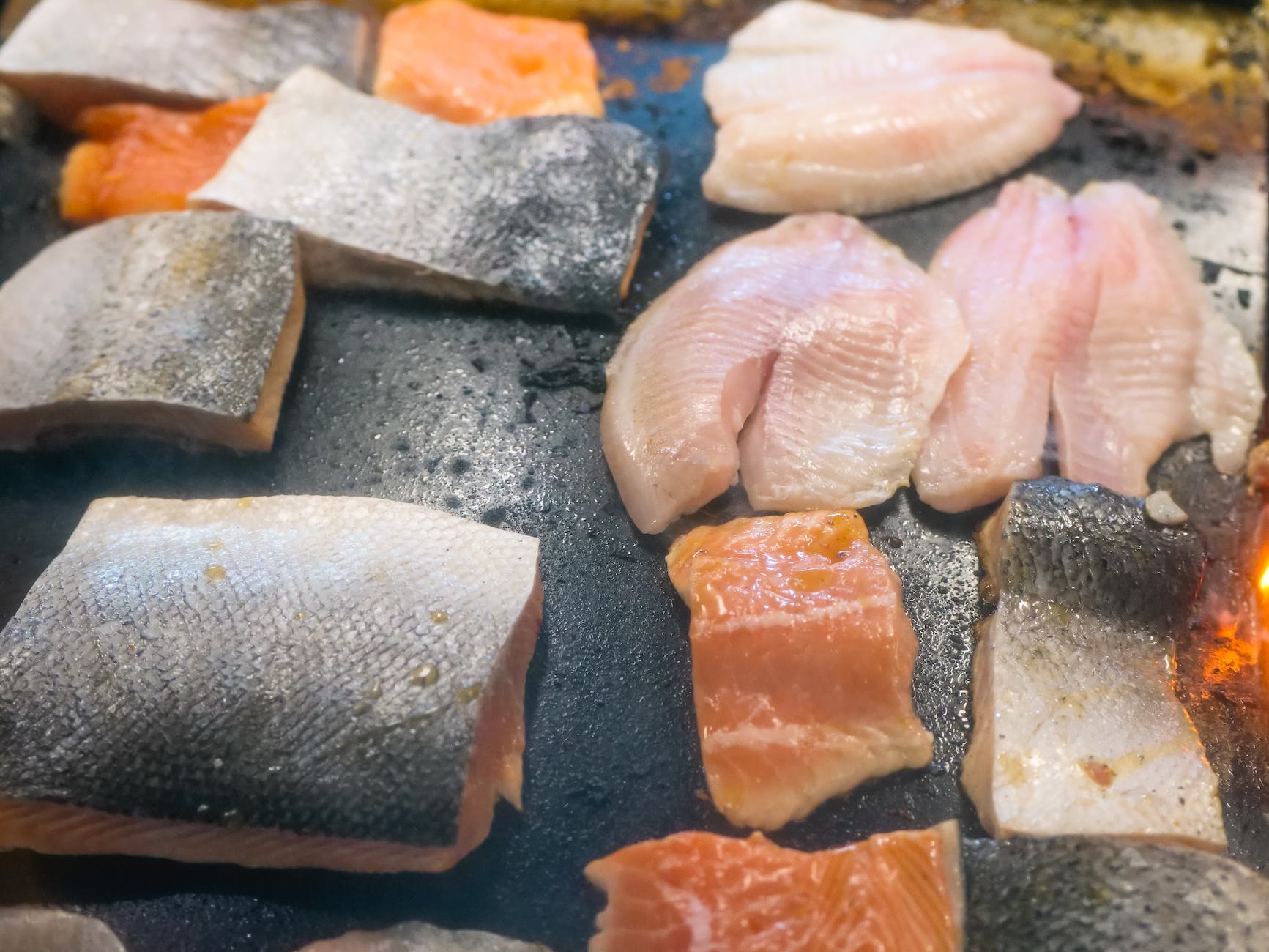
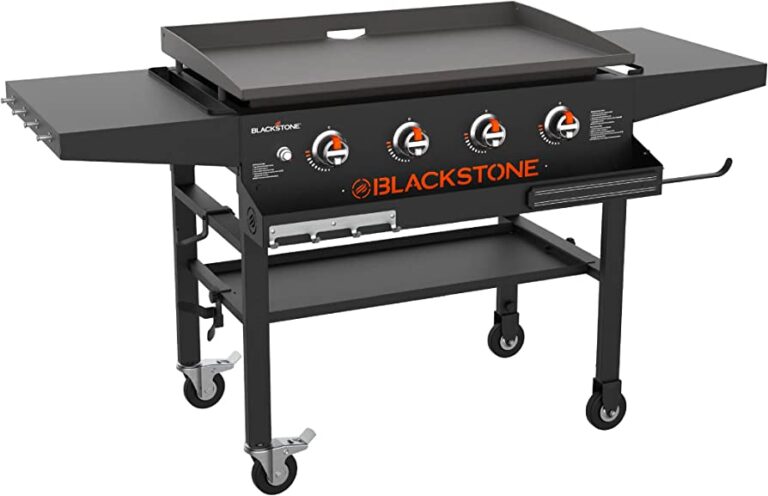
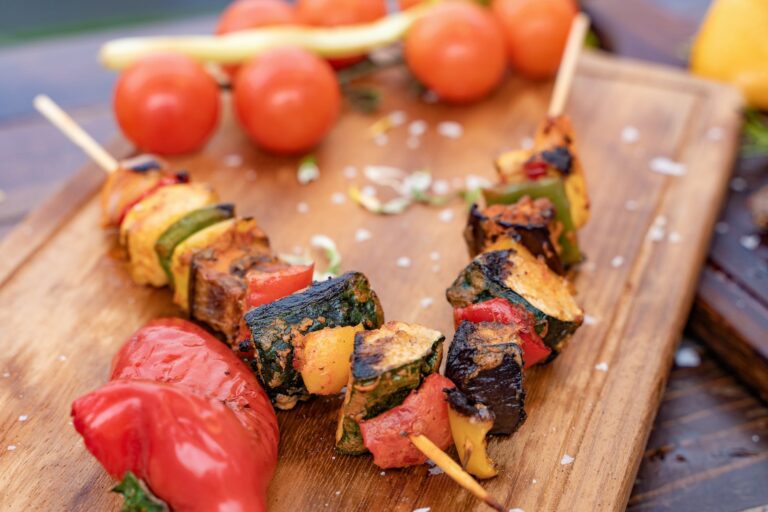
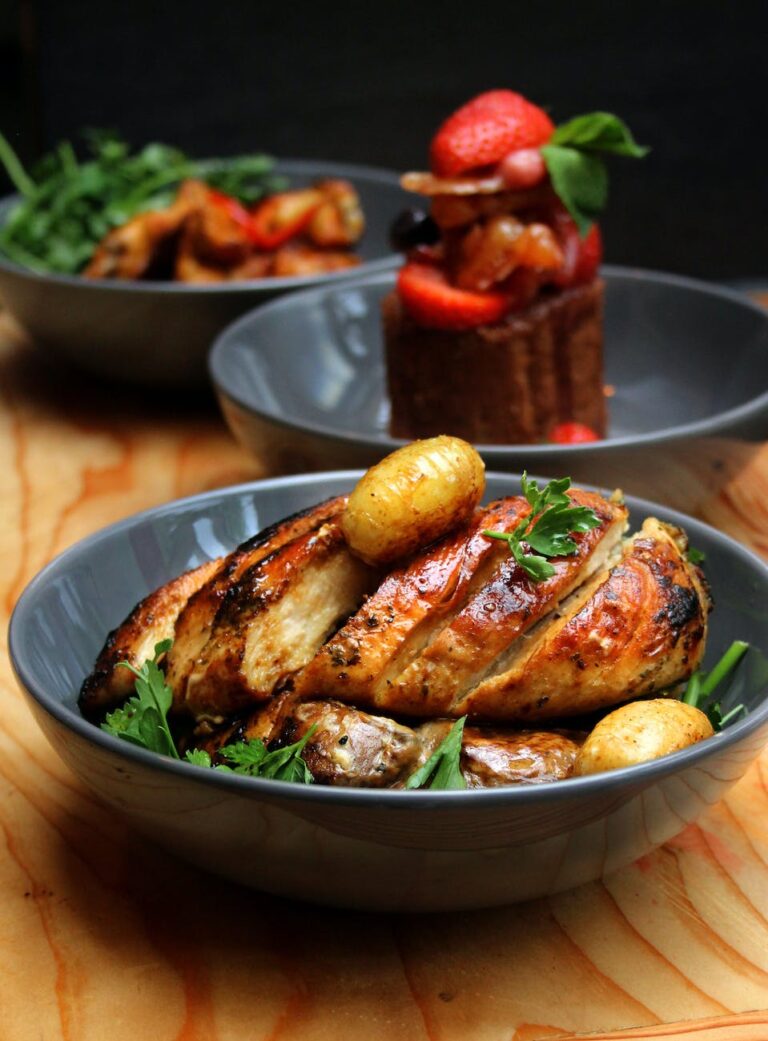
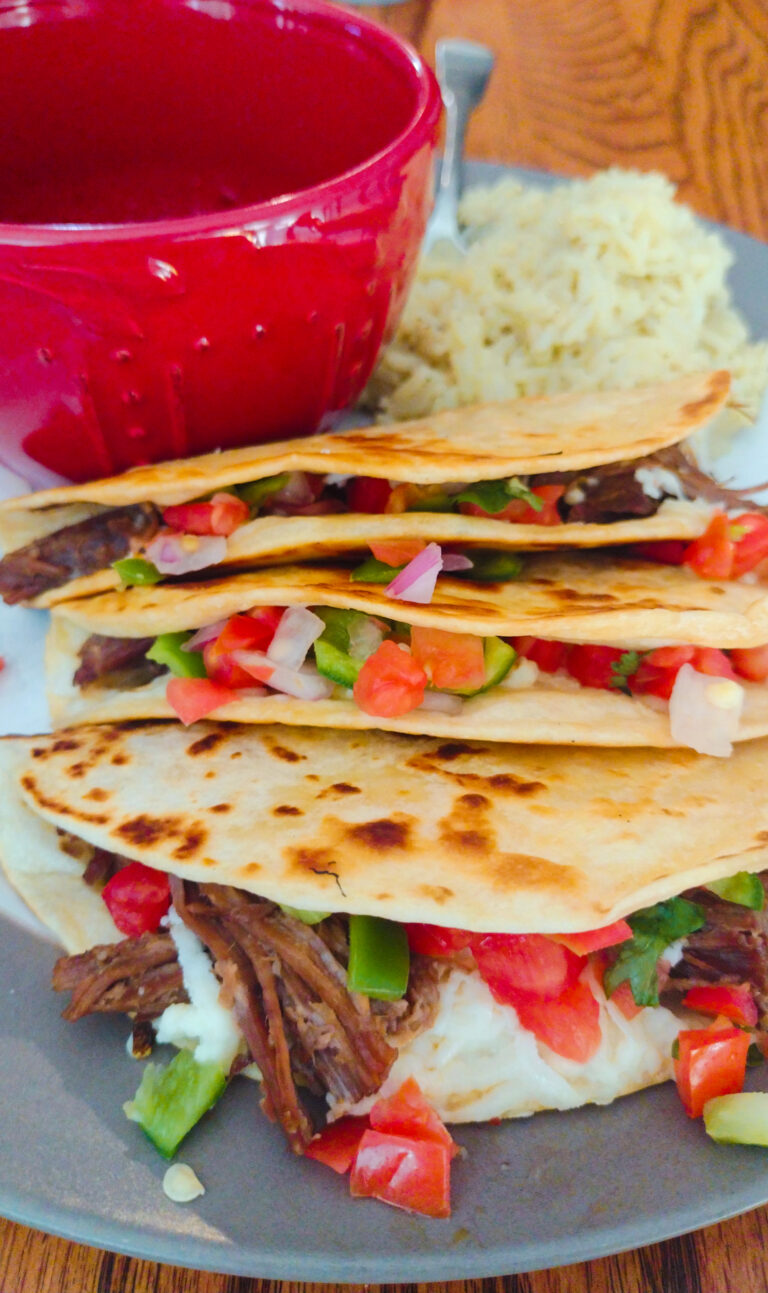
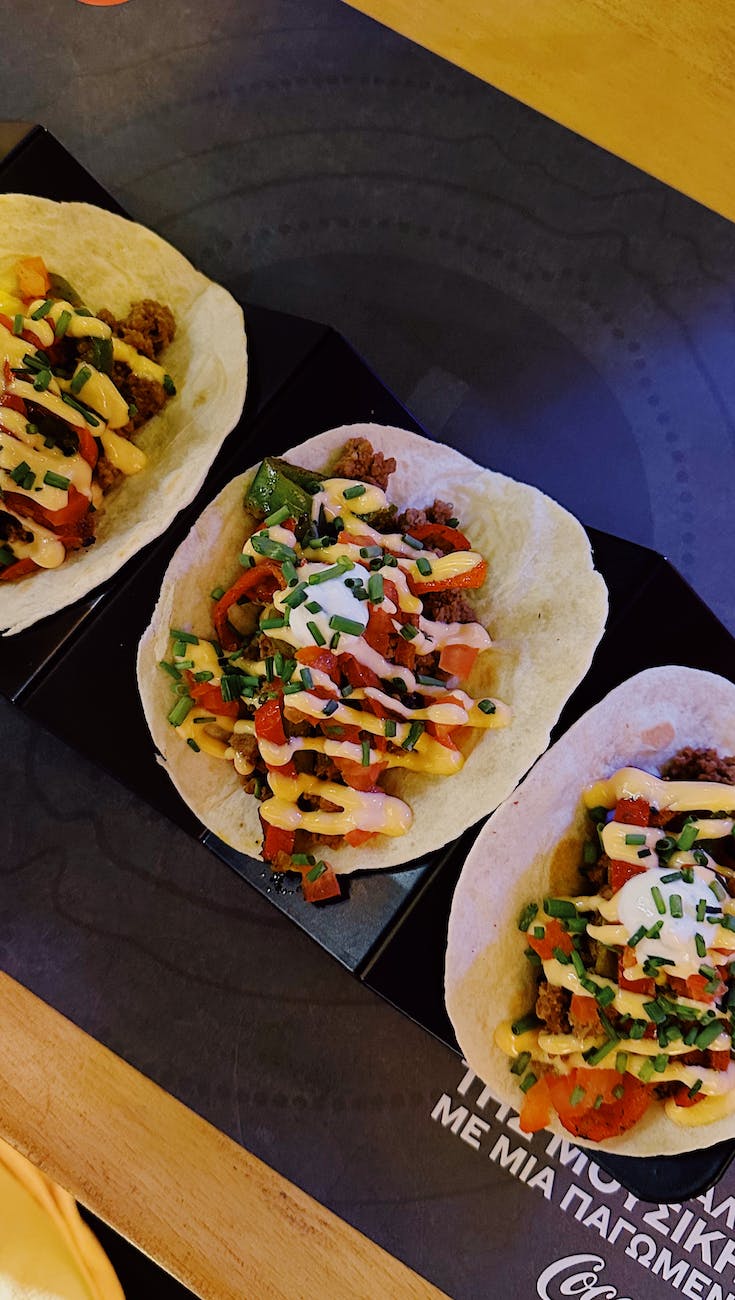
5 Comments
Comments are closed.